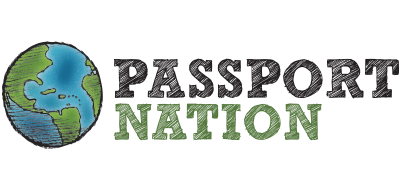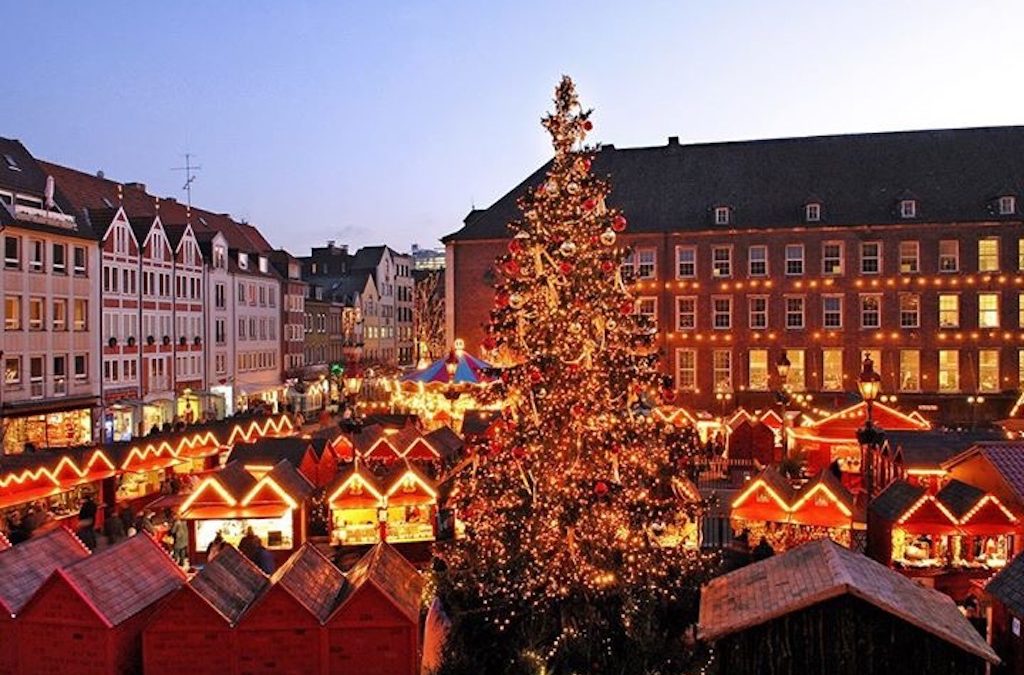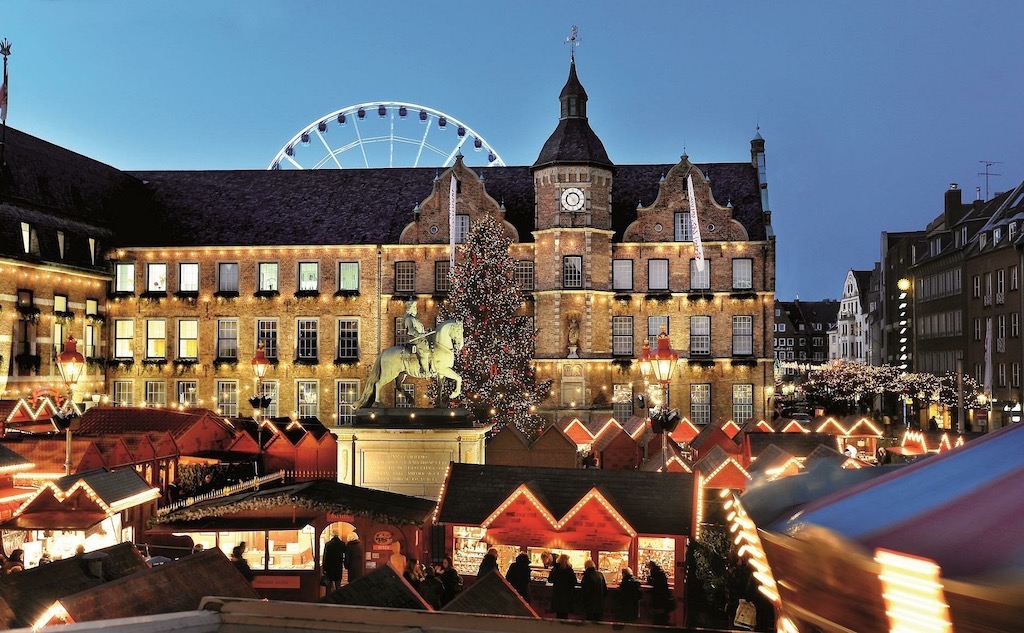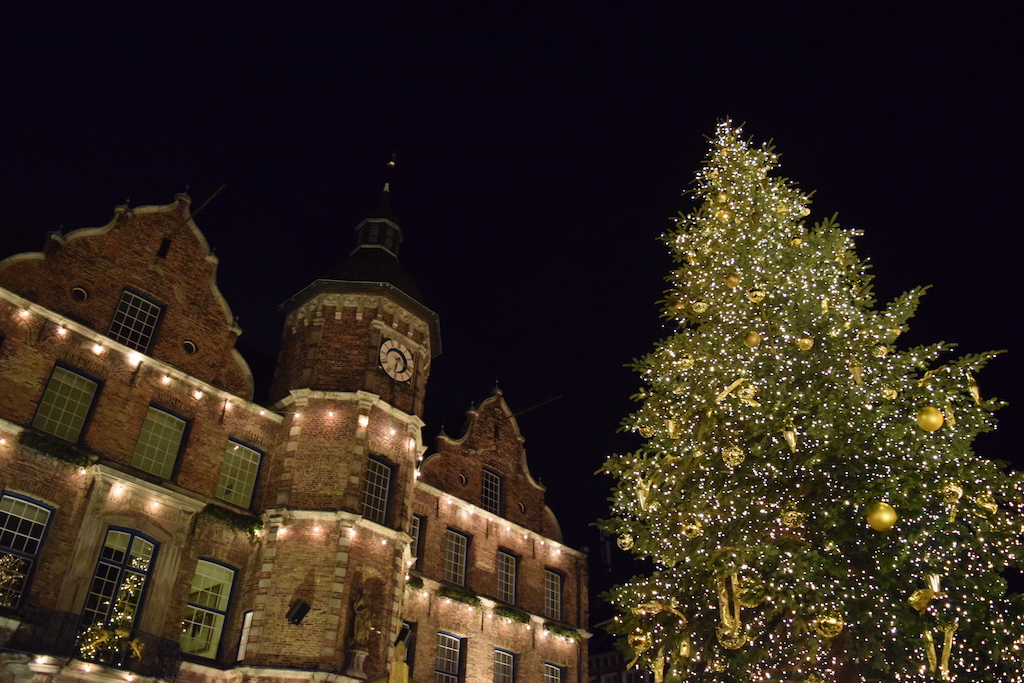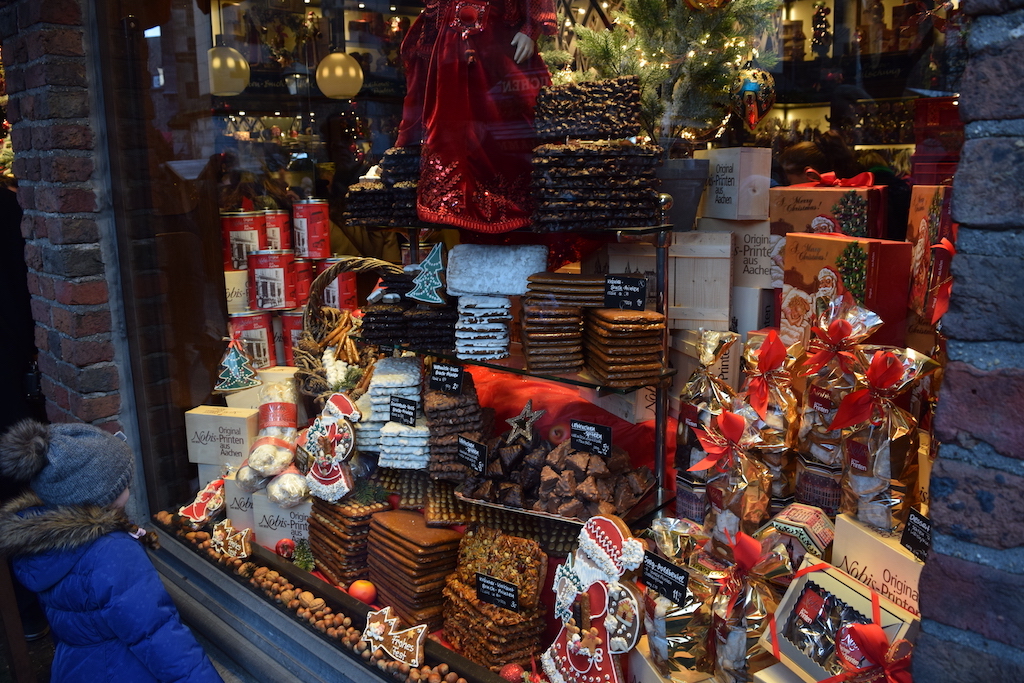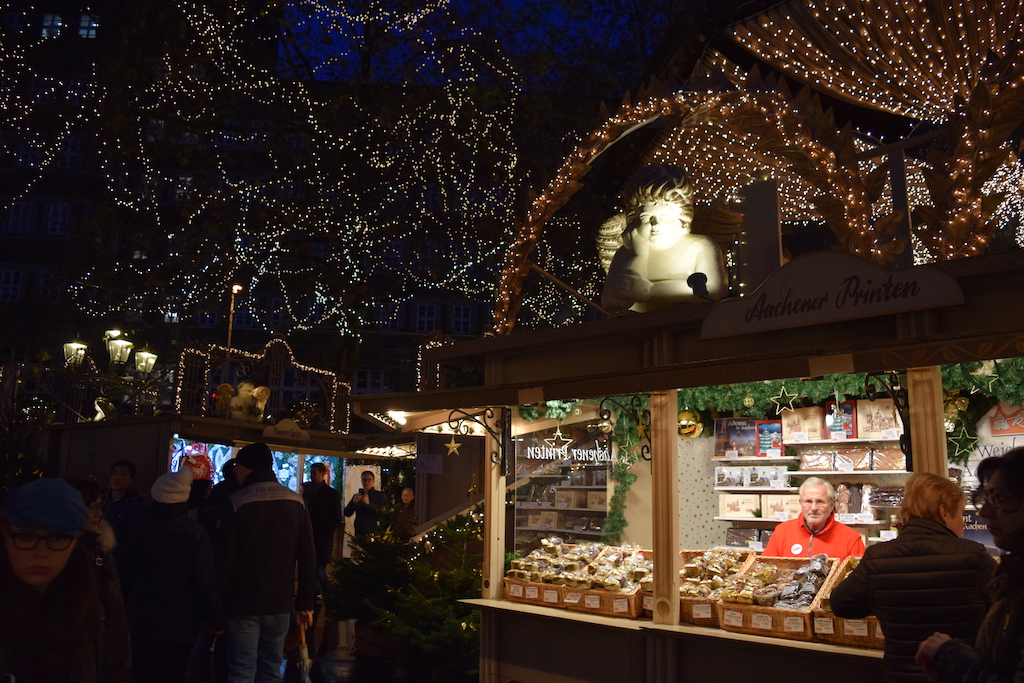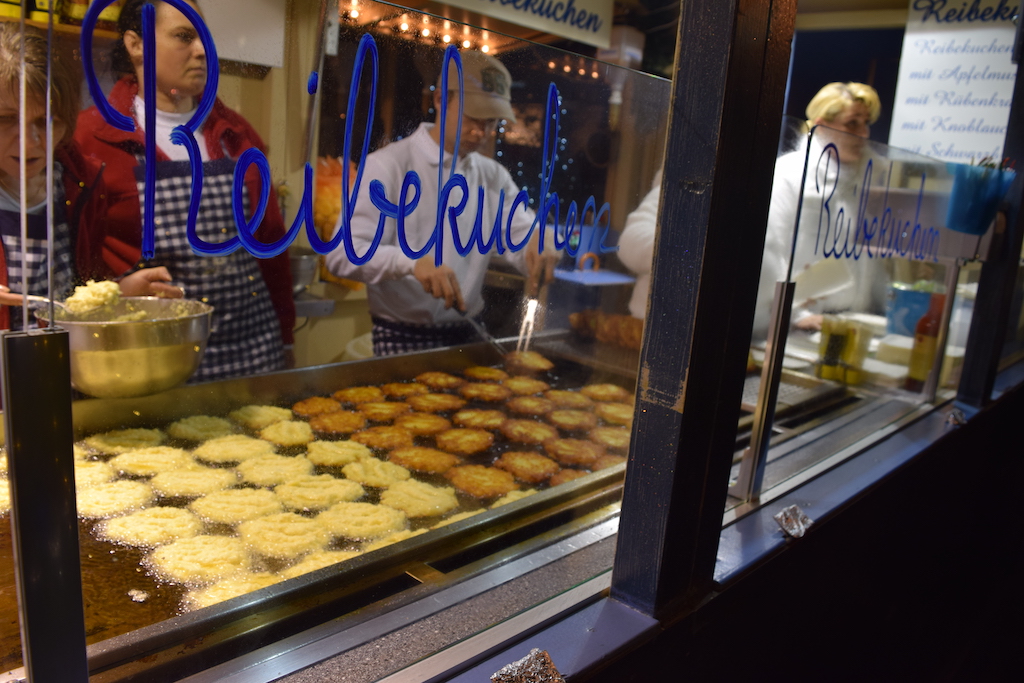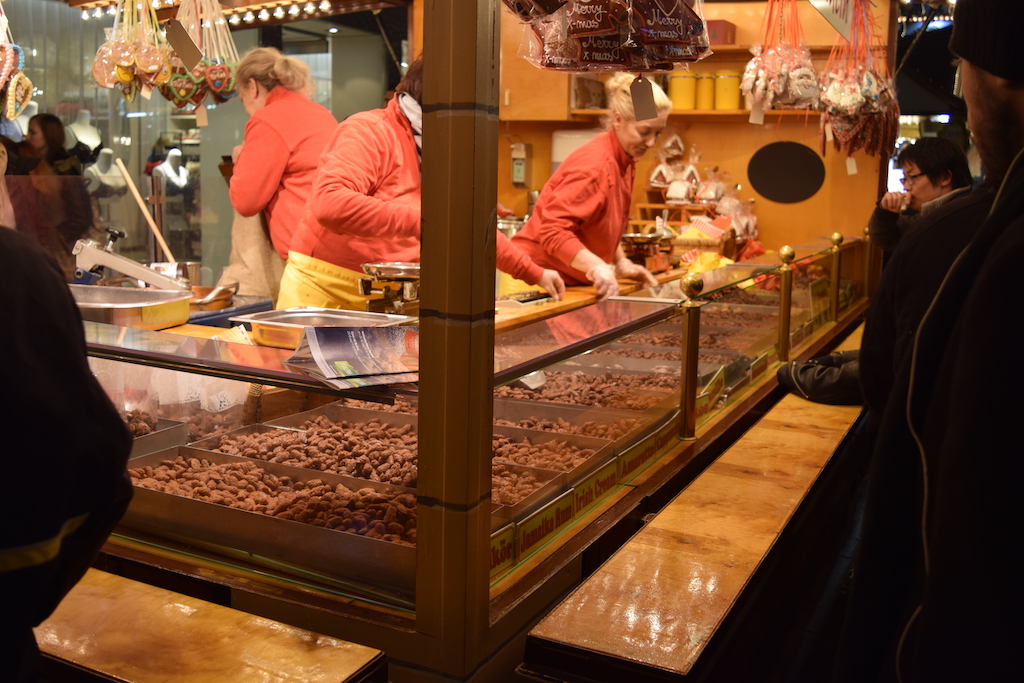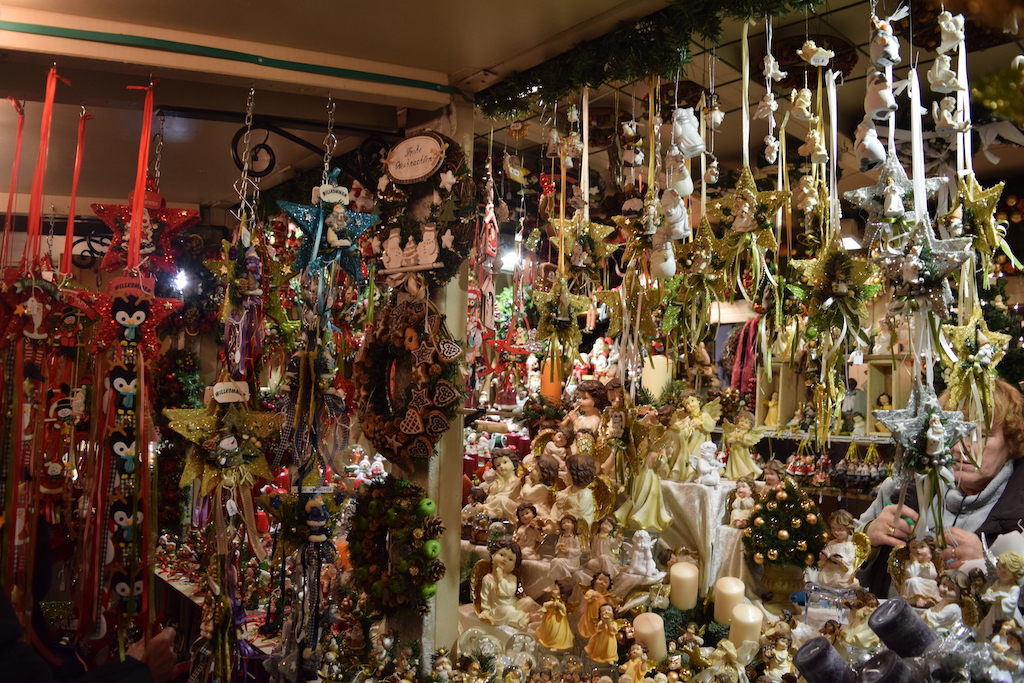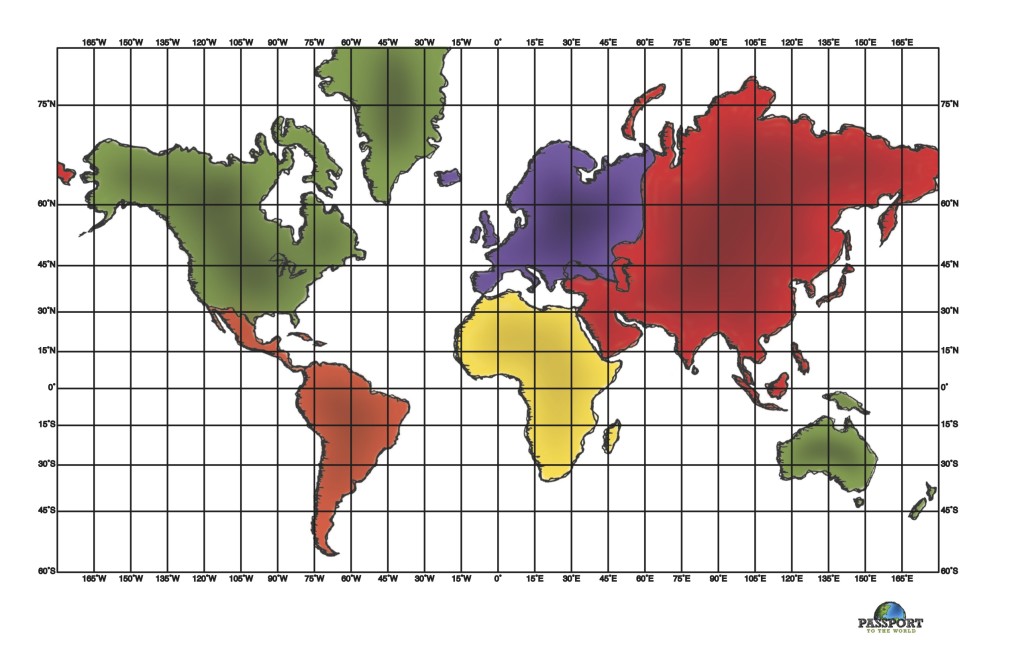Frohe Weihnachten!!
Merry Christmas!
The Christmas season begins in Germany near the end of November when towns and cities around the country begin setting up the Christmas Markets (der Weihnactmarkten) for the Advent season. 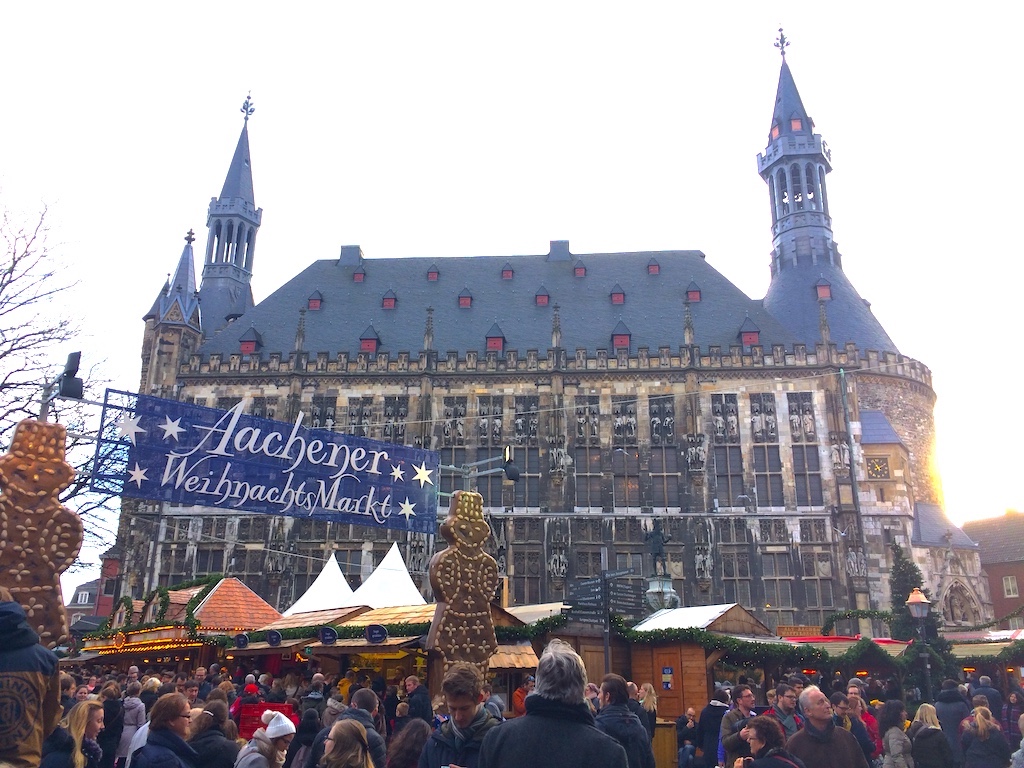
The city center is transformed into a beautiful setting with twinkling lights…
Booths full of yummy treats to eat. You can find sausages, fried potato pancakes, candied nuts, gingerbread cookies, hot cider and hot chocolate, and many other delicious foods.
Shops are filled with unique gifts to buy.
And Christmas music, bands, and dancing make the evenings come to life.
On December 6th, kids around Germany celebrate Nikolaustag (St. Nikolas Day).
St. Nikolaus was the patron saint of children and the bishop of Myra in Asia Minor in the 4th century. This holiday on December 6th is known as a gift-giving day in which children receive gifts from St. Nikolaus. The night before, kids clean and polish their shoes and leave them on the doorstep to be filled with, nuts, fruit, candy and small gifts. This tradition has been around for centuries.
After the Protestant Reformation(16th century) and with the help of Martin Luther, more emphasis was put on Jesus Christ during Christmas and not as much on saints. The Christkind or Christ Angel was said to be Jesus in the form of an Angel and he would bring gifts on Christmas Eve.
Over the years, the Christmas traditions have lost their focus on Jesus and Germans celebrate the Weihnactsman (Santa Clause) coming on December 24 bringing gifts too. Today, families in Germany celebrate both gift-giving days, Nikolas Day and Christmas Eve. Germans also celebrate Christmas Day 1 (Dec. 25) and Christmas Day 2 (Dec. 26). The second day of Christmas is known for spending time with your family, taking walks in the center center or along the river.
The German people are another example of God’s unique and diverse people….. with their own distinctive culture and traditions.
